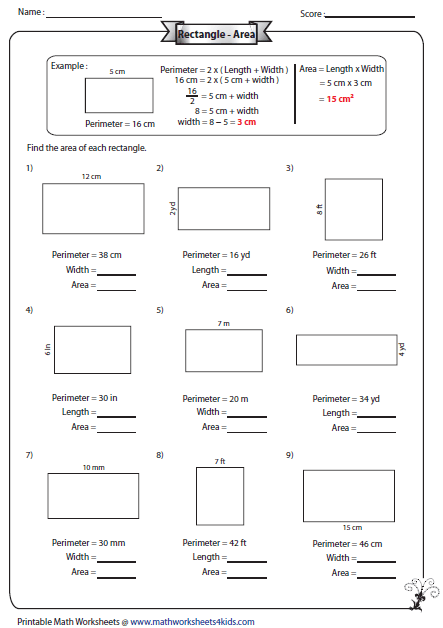

Not only that, but if you already have an existing measurement unit you wish to convert, our tank volume converter will allow you to do this quickly and easily. The results of your inputs will be displayed in a range of measurement units including – Litres, m 3, Gallons (UK), Gallons (US), Barrels and ft 3. Optionally with all tank types, you can also include the Liquid Height, which will then allow you to work out the spare capacity available in the tank. area length (a + b + c) + (2 basearea), where a, b, c are sides of the triangle and basearea is the triangular base area. If you have Rectangular Tanks, you will need to include the Length, Width and Height of the tank. The two most basic equations are: volume 0.5 b h length, where b is the length of the base of the triangle, h is the height of the triangle, and length is prism length. You will need to add the Diameter and Width for both Horizontal Cylindrical Tanks, Vertical Cylindrical Tanks. This was specifically designed to be used i.
Volume of a rectangle calculator how to#
Next you need to select the measurement unit that your tank measurements are in, in order to ensure your results are accurate. This video was created to help teach students in Grade 5 or 6 how to calculate the volume of a rectangular prism. This free volume calculator computes the volumes of common shapes, including sphere, cone, cube, cylinder, capsule, cap, conical frustum, ellipsoid, and more.

Once you know your tanks dimensions, you simply need to select the type of storage tank you are calculating the volume for by selecting one of the tank type options – Horizontal Cylindrical Tanks, Vertical Cylindrical Tanks and Rectangular Tanks.


 0 kommentar(er)
0 kommentar(er)
